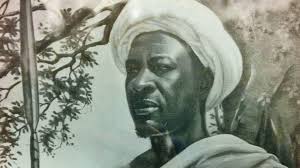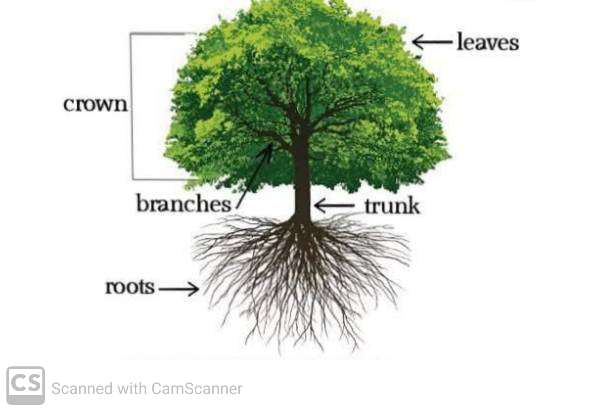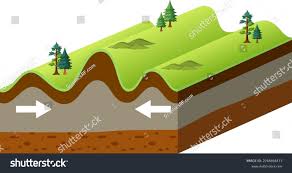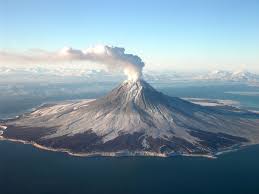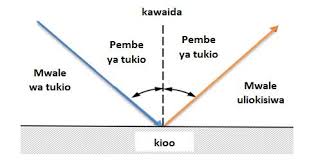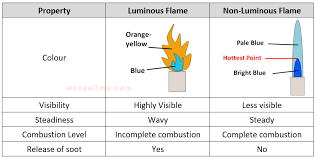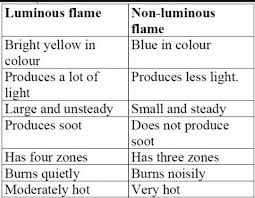Technology is the application of scientific knowledge to create tools, systems, and solutions that solve problems and improve human life. It includes everything from simple tools like the wheel and the plow to advanced innovations like artificial intelligence and space travel.
Technology can be categorized into different types, such as:
1. Information Technology (IT) – Computers, software, the internet, and data management systems.
2. Communication Technology – Phones, social media, satellites, and broadcasting systems.
3. Medical Technology – MRI machines, vaccines, robotic surgeries, and biotechnology.
4. Industrial Technology – Robotics, automation, and manufacturing systems.
5. Energy Technology – Renewable energy, nuclear power, and energy storage solutions.
6. Transportation Technology – Cars, airplanes, bullet trains, and electric vehicles.
Technology is often seen as a double-edged sword—while it has revolutionized human life in countless positive ways, some argue that it is also the root of many modern evils. Here are some ways in which technology can be seen as a source of problems:
1.Loss of Privacy – Surveillance, data mining, and hacking have made personal privacy nearly nonexistent in the digital world. Companies and governments can track people’s activities, raising concerns about mass control and manipulation.
2.Cybercrime and Fraud – The rise of the internet has led to hacking, identity theft, financial fraud, and online scams, causing significant harm to individuals and businesses.
3.Job Loss and Economic Inequality – Automation and artificial intelligence have displaced many traditional jobs, leading to economic uncertainty for millions, while wealth becomes concentrated among those who control technological innovations.
4.Addiction and Mental Health Issues – Social media, video games, and smartphones have led to screen addiction, decreased attention spans, and an increase in anxiety, depression, and social isolation.
5.Spread of Misinformation and Propaganda – The internet allows false information to spread rapidly, influencing public opinion, causing political instability, and even inciting violence.
6.Environmental Damage – The production and disposal of electronic devices contribute to pollution, e-waste, and climate change. The energy consumption of data centers and cryptocurrency mining also has a significant environmental impact.
7.Weapons and Warfare – Technological advancements have led to more destructive weapons, including nuclear arms, drones, and cyberwarfare, making conflicts deadlier and more unpredictable.
8.Moral and Ethical Dilemmas – Developments in artificial intelligence, genetic engineering, and biotechnology raise complex ethical questions about human identity, privacy, and control over nature.
9.Dehumanization and Social Disconnection – While technology connects people digitally, it often replaces genuine human interactions, making relationships more superficial and reducing empathy.
10.Corporate and Government Control – Powerful tech corporations and governments use technology to manipulate public behavior, enforce censorship, and control economic and political narratives.
While technology itself is neutral, its misuse can lead to significant societal and moral issues. However, it’s important to recognize that technology is a tool—it’s how humans choose to use it that determines whether it serves as a force for good or a source of evil.




.jpeg)
.jpeg)


.jpeg)


.jpeg)


.jpeg)


.jpeg)


.jpeg)


.jpeg)


.jpeg)


.jpeg)
